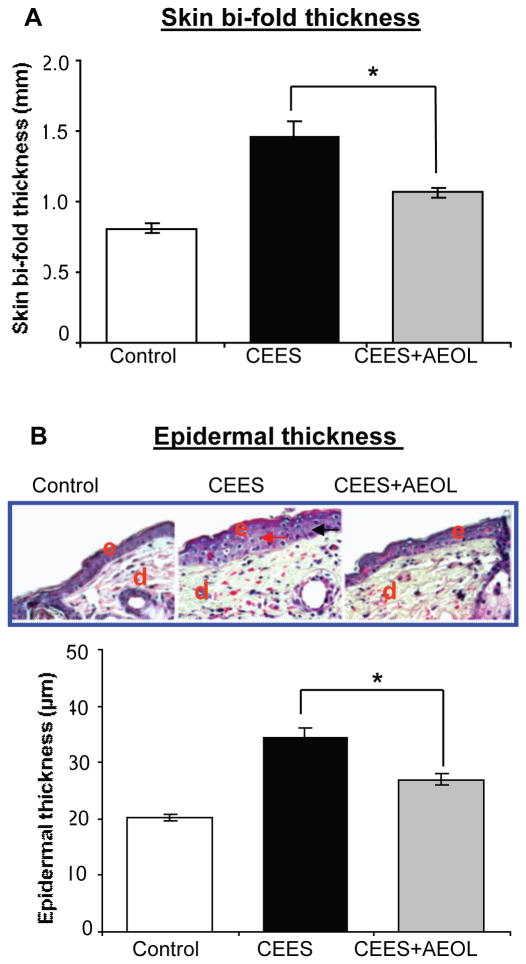Figure 6. AEOL 10150 treatment ameliorates CEES-induced skin bi-fold thickness (A) and epidermal thickness (B) in SKH-1 hairless mouse.
Mouse dorsal skin was exposed topically to either 200 μl acetone (VC) or 4 mg CEES (CEES), or treated with AEOL 10150 (subcutaneous + topical; CEES+AEOL) 1 h after CEES exposure as detailed under Materials and Methods. After 12 h of the indicated exposure or treatments, skin bi-fold thickness was measured using a digital caliper (A). Mice were sacrificed and dorsal skin tissue samples were collected at 12 h following the desired exposure or treatments, 5 μM skin sections were processed for H&E staining and analyzed for epidermal thickness (B). Representative H&E stained skin sections show epidermal thickness as well as quantified data for epidermal thickness (B). Data presented are mean ± SEM (n=5); *, p<0.05 as compared to CEES exposed group. e, epidermis; d, dermis; red arrows, thickened epidermal layer.

